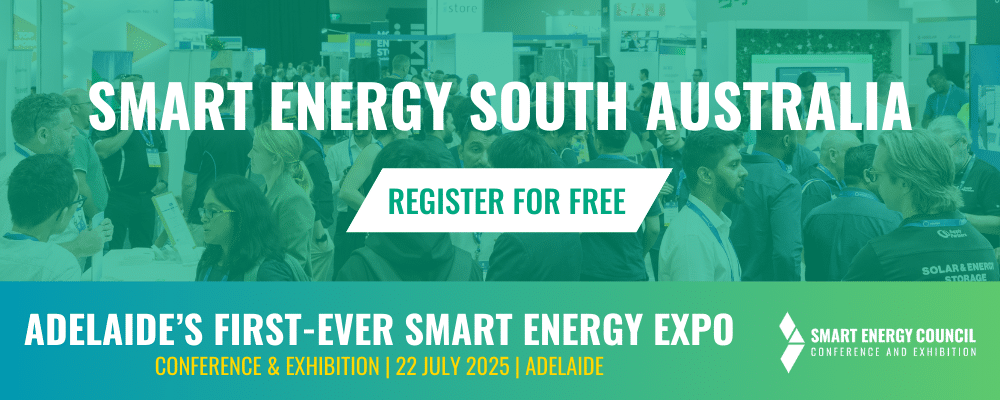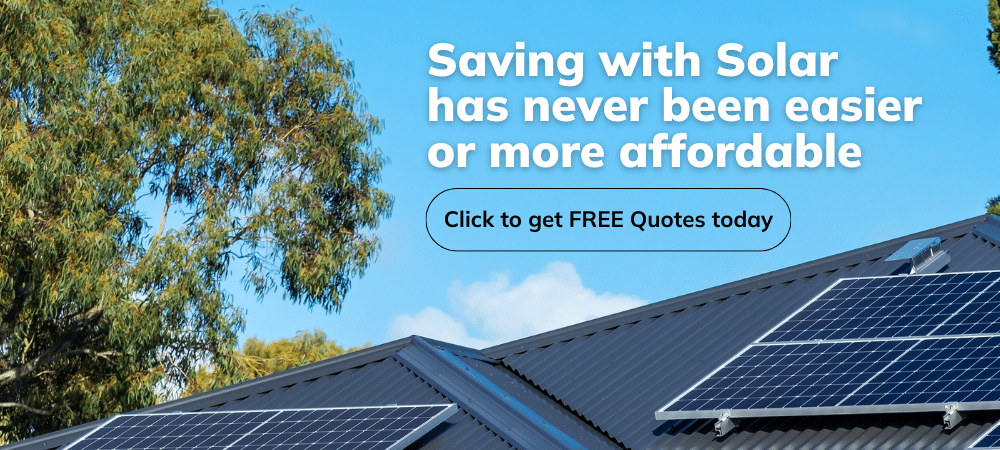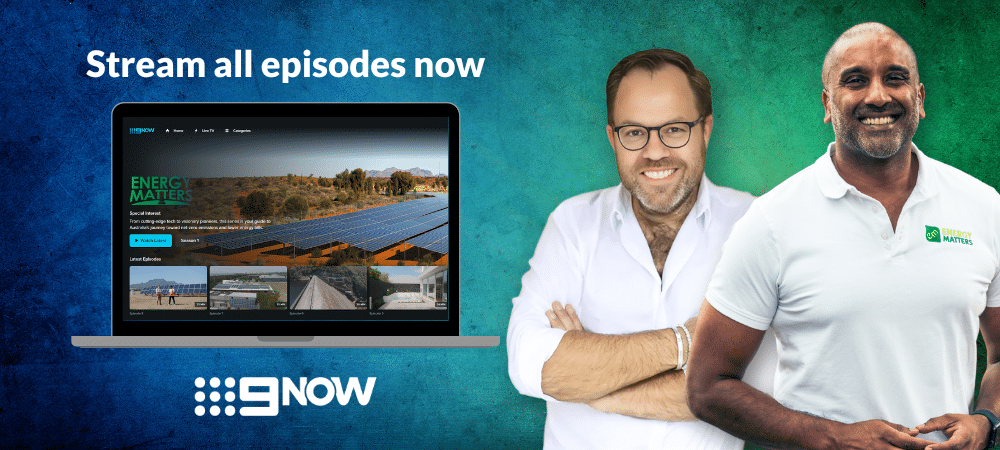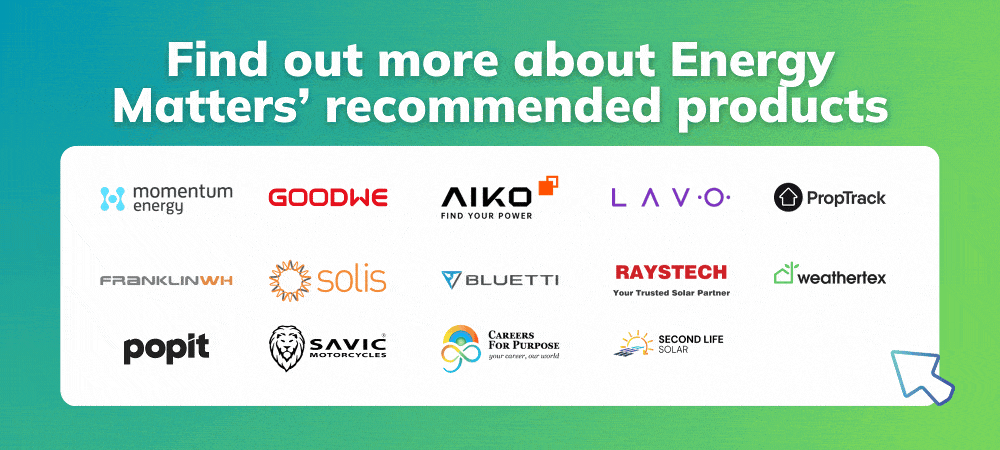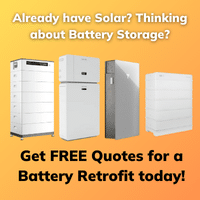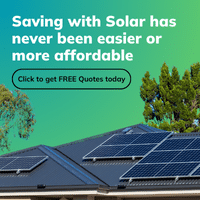Over 3 million Australian homes, businesses and schools have embraced the opportunity to generate, store and consume their own electricity. This has been achieved mainly through solar panels and, more recently, the adoption of home battery storage and electric vehicles.
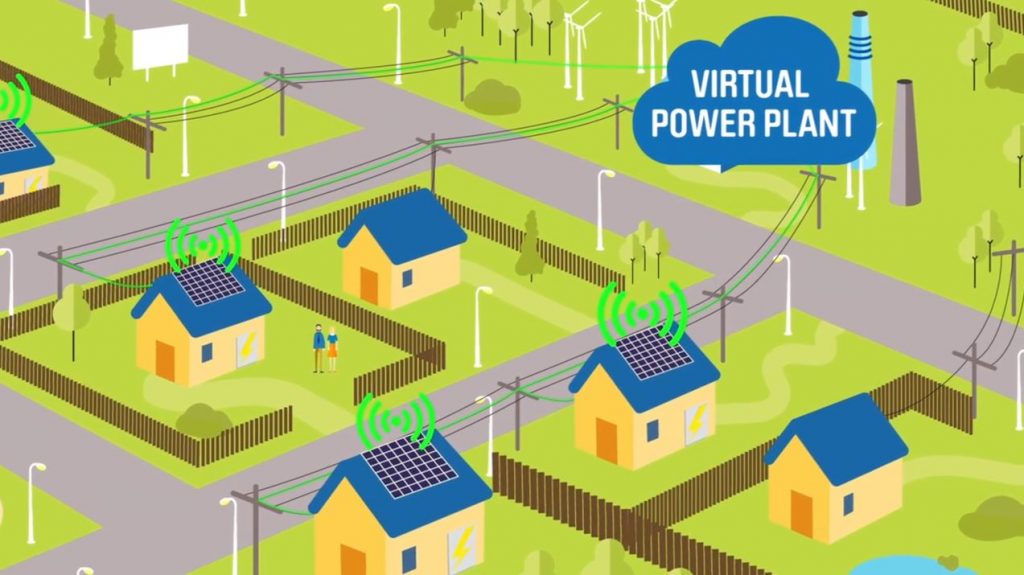
On this page
As we continue the transition to a zero-carbon electricity system, new technologies and approaches are being developed and deployed to help increase the penetration of renewables and provide more flexibility in how we use energy. You can start now as well by getting your FREE solar quotes.
A Virtual Power Plant (VPP) is one such innovation.
Below are some frequently asked questions about VPPs.
Did you know Energy Matters is Australia’s largest renewable news, blog and educational resource? Subscribe to Energy Matters’ weekly newsletter and keep updated even with incentives, rebates and recommended solar product offers.
What is a Virtual Power Plant? (Virtual Power Plant explained)
The collective capacity of solar PV systems in Australia now exceeds 10 GW – more than eight times the capacity of the former Hazelwood power station or four times the capacity of the Liddell power station.
One of the few drawbacks of integrating solar energy into the grid is its intermittency – the sun doesn’t always shine and it can’t be ramped up or down according to demand. The traditional electricity network also isn’t designed to accept and manage large amounts of rooftop solar.
So to keep the grid balanced and ensure power is available whenever needed, network operators are looking for ways to store and release solar energy when needed.
This is where VPPs come in.
Key components of VPPs
- Distributed Energy Resources (DERs): Include solar panels, solar battery storage systems, electric vehicles (EVs), and controllable appliances.
- Communication Infrastructure: Utilises the Internet of Things (IoT) and cloud computing to monitor and control DERs in real-time.
- Centralised control system: Employs algorithms and artificial intelligence to optimise energy production and consumption across the network.
Hailed as the next evolution of solar energy, a virtual power plant is a network of distributed energy resources (DERs) that are connected and operated as a single entity to generate, store, and distribute electricity. These DERs can include renewable energy sources such as solar panels, wind turbines, and solar batteries, as well as demand-side resources like electric vehicles (EVs) and smart appliances. Through advanced software and communication technologies, VPPs are able to aggregate and optimise these resources, creating a flexible and intelligent energy system that can respond to changing energy demands in real time.
In other words, a VPP is like a ‘virtual power station’ that can be used to provide the same services as a traditional power station, but without the need for large, centralised generation and storage assets. It’s an innovative way to get more value out of existing solar PV systems and battery storage units, harnessing the collective power of Australia’s behind-the-meter energy assets.
In a nutshell, a VPP is a clean energy on demand.
How does a Virtual Power Plant work?
Understanding how virtual power plants work involves examining the integration and coordination of various energy resources.
- Energy generation: Solar panels installed on homes and businesses generate electricity during daylight hours.
- Energy storage: Excess energy produced is stored in solar batteries for later use.
Use Energy Matters’ easy-to-use solar power and battery storage calculator to determine the size of your solar system with storage! Our solar calculator will generate performance information and potential savings.
We can send this information to 3 of our pre-vetted and trusted local installers in your area to receive obligation-free solar quotes.
3. Real-time monitoring: Smart meters and sensors track energy production and consumption.
4. Centralised coordination: A central control system aggregates data and manages energy flow, dispatching stored power to the grid during peak demand or storing surplus energy during low demand.
5. Grid interaction: The VPP can sell excess energy back to the grid or reduce consumption during high-demand periods, aiding in grid stability.
A VPP can work in many ways, depending on the type of related resources and individual program structures.
If you participate in a VPP, you will typically join a network of other solar PV and battery storage owners willing to allow their systems to be centrally controlled.
During a period of high demand on the network, a VPP operator will use a cloud-based aggregation platform to control and optimise the output of your system remotely, trading it on the National Energy Market (NEM) to help manage this demand – similar to how a traditional power station would operate.
The VPP operator receives compensation from the NEM for satisfying the spike in network demand and passes on a portion of this compensation to participating households.
One of the key features of a virtual power plant is its ability to manage the generation and consumption of electricity actively. When there is excess energy generated by the DERs, such as during peak solar production, it can be stored in batteries or fed back into the grid. On the other hand, during periods of high energy demand or when renewable energy generation is low, the stored energy can be dispatched to the grid or used to power local homes and businesses. This dynamic energy management allows VPPs to balance the electricity grid, support grid stability, and maximise the utilisation of renewable energy resources.
VPPs are typically operated by energy service providers, who use sophisticated energy management systems to monitor and control the performance of the DERs in the network. These systems use advanced analytics and predictive algorithms to optimise energy resource dispatch, considering weather conditions, electricity prices, and demand patterns. By intelligently managing the generation, storage, and distribution of electricity, VPPs can deliver a range of benefits to various stakeholders.

The connection between virtual power plants and energy storage
Batteries provide several key benefits to VPPs. First, they enable the VPP to shift excess electricity generated during periods of high generation to periods of high demand, helping to balance the electricity supply and demand in real time. This can help reduce the need for fossil-fuel-based peaker plants, typically used during periods of high demand, and increase the penetration of renewable energy in the grid.
Second, batteries provide a reliable backup power source during grid outages or other disruptions, improving the resilience of the electricity supply for participating households or businesses. This is particularly important in regions prone to natural disasters or grid instability, where reliable access to electricity is critical for safety and comfort.
Third, batteries can help to mitigate the intermittent nature of renewable energy sources, such as solar and wind, by storing excess energy during periods of high generation and releasing it during periods of low generation. This can help to smooth out the variability of renewable energy and ensure a stable and reliable electricity supply.
What are the benefits of Virtual Power Plants?
There are many benefits of VPPs for participants, network operators, the environment and the broader community.
For network operators, VPPs provide a flexible, distributed solution for managing demand on the electricity grid. By aggregating thousands of individual home batteries, VPPs allow renewable energy to be injected into the grid with lightning speed to address frequency and voltage imbalances, local disruptions or disturbances and keep the network stable. This can be particularly useful during extreme weather events.
In addition, VPPs can help retailers avoid high spot prices. When peak events occur, sometimes retailers need to bring on additional capacity and purchase on the highly inflated spot market. VPPs allow retailers to tap into the aggregated capacity of home batteries to meet their needs and avoid these high prices.
These savings can trickle down to the broader community. Whilst households don’t get charged directly for electricity purchased at spot prices, eventually, this flows through to higher electricity bills.
Ultimately, VPPs enable more reliable use of renewables and with this, deliver cheaper electricity and a more stable network for all Australians.
For participants, VPPs provide an opportunity to generate additional income or savings from their solar PV and battery storage systems. How much you save will depend on how often your energy is shared from the battery into the VPP network and on which approved VPP program you join.
Depending on the VPP provider, this could mean a reduction in energy bills or receiving grid credits for the energy discharged from your battery and shared with the VPP network. Some programs give an upfront discount for participation which will further reduce the cost of installing a solar battery.
Lastly, the benefits for the environment are simple – as VPPs provide an injection of clean energy into the grid, this displaces electricity from dirty generators. By firming up the intermittency of renewables, VPPs play an important role in the transition to a cleaner energy system.
Benefits of VPPs and energy storage
The adoption of VPPs and energy storage solutions offers several significant benefits, including:
- Enhanced grid stability and resilience: VPPs and energy storage solutions can help improve the stability and resilience of the electricity grid by providing grid services such as demand response, frequency regulation, and voltage control. They can also serve as a reliable backup power source during grid outages or other disruptions, ensuring an uninterrupted electricity supply for households and businesses.
- Increased renewable energy penetration: VPPs and energy storage solutions can facilitate the integration of renewable energy sources, such as solar and wind, into the electricity grid by mitigating their intermittent nature. By storing excess energy during periods of high generation and releasing it during periods of low generation, VPPs can help smooth out the variability of renewable energy and ensure a stable and reliable electricity supply.
- Cost savings and energy bill reduction: VPPs and energy storage solutions can help households and businesses reduce their electricity bills by generating and storing their own electricity and participating in demand response programs that incentivise electricity consumption during off-peak periods. VPPs can also provide revenue streams for participants by selling excess electricity back to the grid or participating in grid services programs.
- Environmental sustainability: VPPs and energy storage solutions promote using renewable energy sources, reducing greenhouse gas emissions and contributing to a more sustainable energy system. By optimising the generation and storage of electricity, VPPs can help reduce the reliance on fossil-fuel-based peaker plants, which are typically used during periods of high demand.
Are you looking to save extra money with your Sungrow, GoodWe, or Tesla Powerwall 2 solar battery installed? Origin and Energy Matters have teamed up to provide customers with an additional way to save and make money!
Challenges and considerations
While VPPs offer numerous benefits, there are challenges to consider in their implementation and operation.
Technical challenges
- Integration complexity: Coordinating diverse DERs with varying capabilities and technologies.
- Data security: Ensuring the protection of sensitive data and preventing cyber threats.
- Reliability: Maintaining consistent performance and managing unexpected outages or demand spikes.
Regulatory and market challenges
- Policy frameworks: Developing regulations that support VPP integration and fair market participation.
- Incentive structures: Creating financial incentives that encourage adoption while ensuring equity.
- Consumer engagement: Educating and motivating consumers to participate in VPP programs.
How do I participate in a Virtual Power Plant?
If you’re interested in participating in a VPP, you will need to register to join one of the many programs available across the country. Each program has specific eligibility criteria and program structures.
To discover which VPP program best suits your household or business, you can refer to our regularly updated VPP Offer Comparison Table. This table outlines key features of the various VPP programs currently available in Australia.
Ready to take control of your energy future?
Virtual Power Plants are transforming Australia’s energy sector by enabling efficient, sustainable, cost-effective energy management. By understanding how virtual power plants work and embracing VPP energy systems, Australians can contribute to a more resilient and environmentally friendly energy future.
Energy Matters is here to guide you every step of the way. Energy Matters is one of Australia’s most trusted solar quotes due to our high customer satisfaction and industry recommendations. Our team of solar experts can help you get up to 3 FREE solar quotes from pre-qualified and vetted solar firms in your area.






